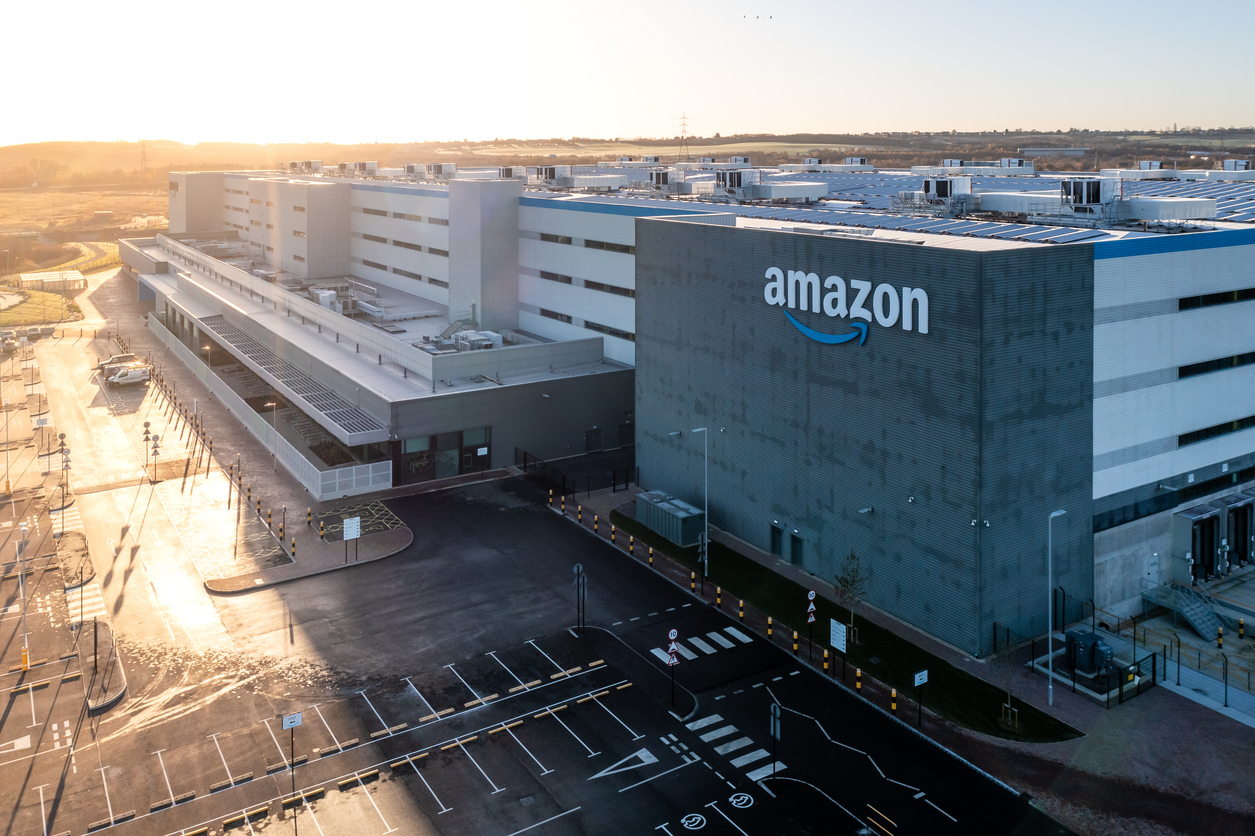Amazon’s Mass Layoffs: Inside the AI Revolution Reshaping the World’s Biggest Retailer
Amazon is cutting 30,000 corporate jobs, around 10% of its white-collar workforce as of October 2025, reversing its pandemic hiring surge. CEO Andy Jassy said artificial intelligence and automation will streamline operations and reduce staffing needs. The move signals a new era of efficiency for Amazon but raises questions about job security, innovation, and accountability in the age of AI-driven corporate restructuring.
Amazon has shocked the business world again this time with plans to slash 30,000 corporate jobs. The move, one of the biggest in the company’s history, marks a dramatic turning point as CEO Andy Jassy doubles down on automation and AI to redefine Amazon’s future.
According to analysis reviewed by CEO Today, this decision represents not just a cost-saving exercise, but a calculated shift in how one of the most powerful companies on Earth will operate in the AI era.
The Day Amazon Hit Reset
In the words of one insider quoted by Reuters, “This isn’t a trim—it’s a full reset.” Starting this week, managers across Amazon’s sprawling corporate divisions, from human resources to operations, have been briefed on how to deliver the news to affected staff.
The 30,000 cuts represent nearly 10% of Amazon’s corporate workforce, signaling a dramatic reversal of the hiring spree that defined the pandemic years, when online shopping soared to record highs.
Shares in Amazon ticked up 1.2% following the announcement proof that investors approve of Jassy’s push for tighter margins and operational discipline.
“AI Is Changing Everything,” Says Jassy
CEO Andy Jassy’s memo to employees earlier this year hinted at what was to come: “It’s hard to know exactly where this nets out over time, but in the next few years, we expect that AI and automation will reduce our total corporate workforce.”
For Jassy, this isn’t about austerity—it’s about evolution. Amazon is betting big on generative AI, autonomous systems, and intelligent logistics. By streamlining decision-making and automating routine processes, Jassy aims to make Amazon leaner, faster, and more profitable than ever.
Tech analyst Dan Ives of Wedbush Securities told CNBC, “This is Amazon’s ChatGPT moment. Jassy is putting efficiency ahead of excess—and that’s exactly what Wall Street wants to hear.”
The Financial Story Behind the Shake-Up
Behind the corporate jargon and restructuring memos lies a stark financial truth: the pandemic boom is over, and investors are demanding returns. Amazon’s expansion into logistics, cloud computing, and devices left it with bloated overheads and slowing profit growth.
Cutting 30,000 corporate positions could save the company billions of dollars annually, freeing up capital for high-growth areas like AWS, AI infrastructure, and automation-driven fulfillment centers.
But this cost-cutting may also raise new legal and reputational risks. Employment lawyers warn that mass layoffs, especially across international offices, can trigger labor law scrutiny and shareholder disclosure obligations.
Legal and Ethical Backlash Brewing
Amazon’s workforce reductions come as governments and regulators grow more watchful of how tech giants treat employees. Jennifer Abruzzo, General Counsel of the U.S. National Labor Relations Board, recently stated: “Companies must balance cost efficiency with lawful, transparent treatment of their workers.”
Amazon’s critics argue that its aggressive return-to-office and AI-driven job evaluation policies have created a “cold efficiency culture.” If mishandled, this new round of cuts could intensify calls for stronger labor protections in the tech industry.
What It Means for the Future of Work
This isn’t just a story about Amazon it’s a snapshot of where global employment is heading. As automation, AI, and data analytics take over traditional white-collar functions, every major corporation faces the same dilemma: how to innovate without alienating the workforce that built them.
Jassy’s challenge is monumental. If Amazon emerges stronger, he’ll be remembered as the CEO who reinvented the company for the AI era. If morale and innovation suffer, it could become a case study in how not to automate a global enterprise.
The Bottom Line
Amazon’s layoffs may be the clearest sign yet that the age of the AI-powered corporation has arrived. The question now isn’t whether AI will reshape work—but who will thrive in the aftermath.
For the 30,000 Amazon employees about to receive that fateful email, the future just arrived—faster than anyone expected.
The Big Questions Behind Amazon’s Shocking Layoffs
1. Why is Amazon making massive layoffs in 2025?
Amazon is cutting 30,000 corporate jobs—about 10% of its white-collar workforce—to streamline operations and reduce costs after years of over-hiring during the pandemic. CEO Andy Jassy says the company is entering a new era driven by AI and automation, reshaping how Amazon operates and invests.
2. How will these layoffs impact Amazon employees and operations?
The cuts primarily affect corporate and management roles, not warehouse or delivery workers. While employees face uncertainty, Jassy’s restructuring aims to make Amazon leaner and more agile. Analysts believe the move will free up billions in capital to expand AWS, AI infrastructure, and robotics automation.
3. What are experts saying about Amazon’s decision?
Industry analyst Dan Ives of Wedbush Securities called the move “Amazon’s ChatGPT moment,” emphasizing that Jassy is prioritizing efficiency over excess. Market experts suggest Wall Street views the layoffs as a bold financial reset, positioning Amazon for stronger margins and sustained long-term growth.
4. What does this mean for the future of work and AI?
Amazon’s layoffs highlight a major shift across industries as AI transforms corporate jobs. Routine administrative roles are being replaced by automation, forcing companies worldwide to rethink human capital strategy. For many, this signals the start of an AI-driven revolution in how work is organized, measured, and valued.













